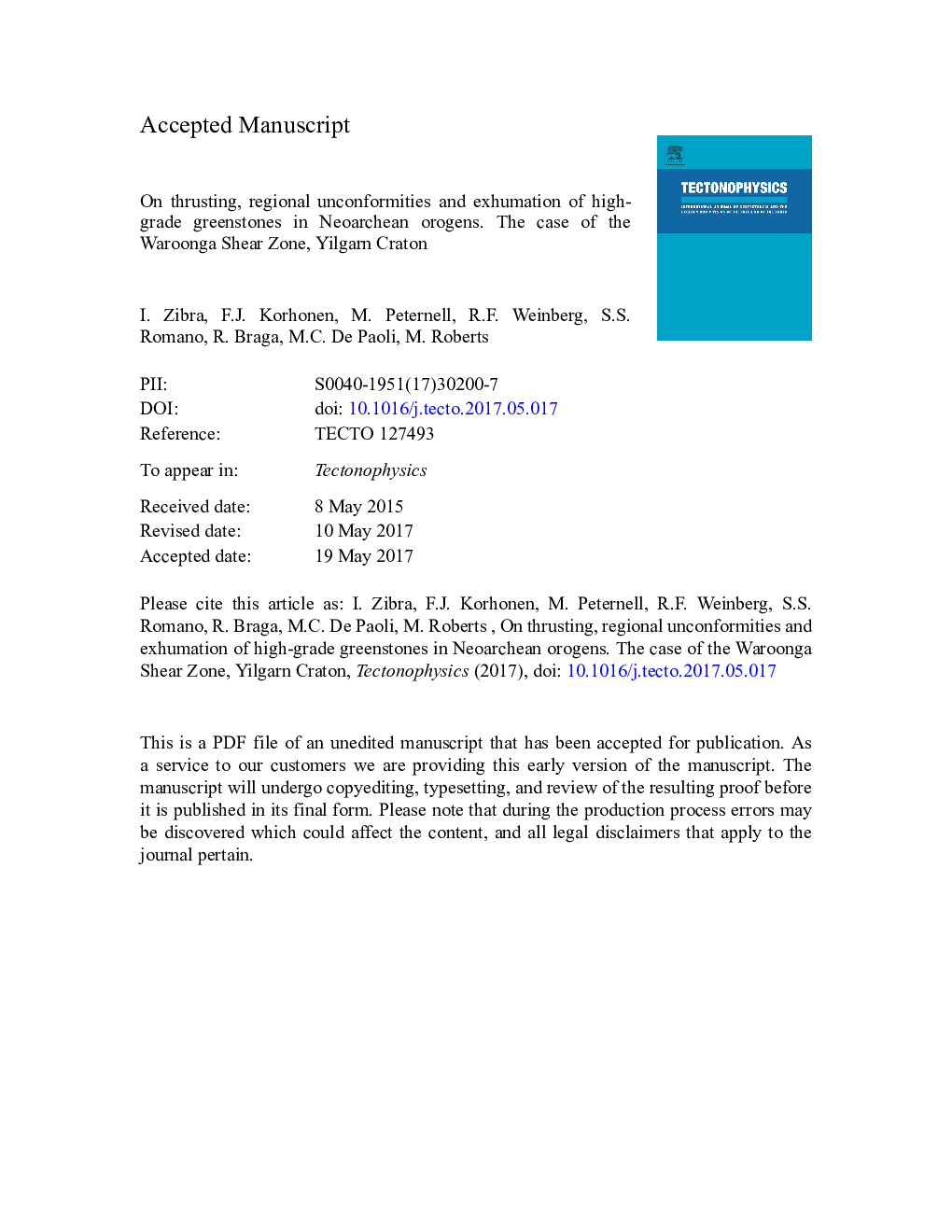| Article ID | Journal | Published Year | Pages | File Type |
|---|---|---|---|---|
| 5781547 | Tectonophysics | 2017 | 63 Pages |
Abstract
Archean accretionary orogens developed on weak lithosphere, where deformation suppressed crustal thickening, orogenic relief and synorogenic exhumation of orogenic roots. However, our study indicates a genetic link between (i) strain localization along contractional structures, inducing large-scale uplift; (ii) exhumation of high-grade greenstones; (iii) development of inverse metamorphic gradients; (iv) establishment of a regional unconformity, with clastic sediments fed by the uplifted terrane; (v) incorporation of portions of the newly-formed orogenic basins into the footwall of the WSZ. These features imply that the Yilgarn orogenic lithosphere at c. 2660Â Ma was stiff enough to allow tectonic processes analogous to those that dominate modern-style orogenic belts, representing an intermediate stage between Archean- and modern-type orogens.
Keywords
Related Topics
Physical Sciences and Engineering
Earth and Planetary Sciences
Earth-Surface Processes
Authors
I. Zibra, F.J. Korhonen, M. Peternell, R.F. Weinberg, S.S. Romano, R. Braga, M.C. De Paoli, M. Roberts,
